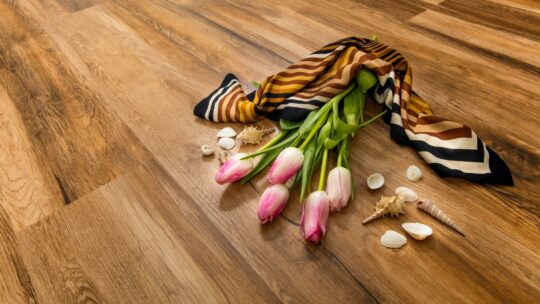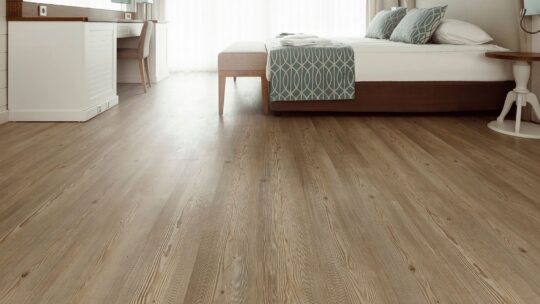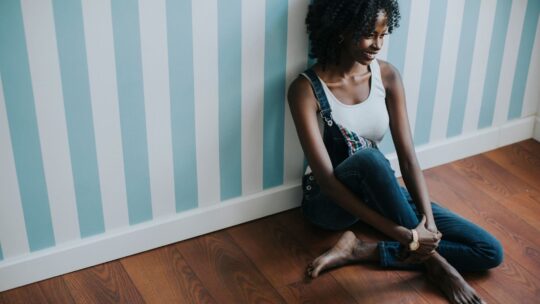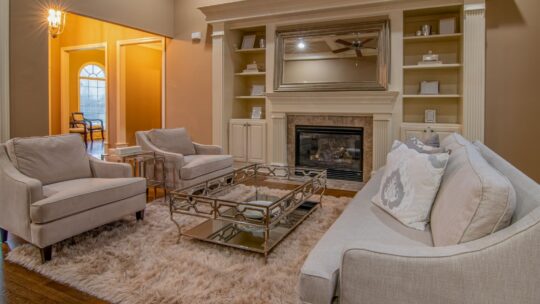
There is no more frustrating home décor problem than old, worn-out floorboards. On a budget, you can paint the walls, add accessories, and even replace furniture, but redoing the entire floor is a considerably larger — and more expensive — project.
That doesn’t mean you have to put up with your scuffed-up vinyl or nasty old carpeting. There are many various flooring options available these days, including several that are quite economical. Vinyl, laminate, and several types of tile can all be found for less than a dollar per square foot.
However, you can’t just pick any of these low-cost flooring options and expect it to work in any room. Each type of flooring has benefits and drawbacks, and one that is excellent for one room may be a bad fit for another.
So, before you begin your flooring project, do some research on the various types of flooring and learn about their costs and advantages. Then you’ll be able to discover a floor that works for both your space and your budget.
It’s critical to set aside funds or use the equity in your property to pay for flooring upgrades.
Each form of flooring has its own set of advantages. Assess the needs of each space before deciding on the best types of flooring for your home. Then, by matching your design choices to the size of your budget, you may choose from a vast range of flooring options. This article examines numerous different types of flooring, as well as their benefits and drawbacks, so you can choose the finest flooring for each room in your house.

Hardwood Flooring
Hardwood flooring is long-lasting and has an exquisite appearance. You can refinish certain types of hardwood floors up to five times and adjust the shine to complement a newly decorated room. Prefinished wood flooring in your house is a perfect choice that will have your home looking chic, modern, and beautiful.
According to Tri Point Flooring, “The look and other qualities of wood floors have endured for centuries. Their timelessness provide the potential for decades of use in your home or commercial property.”
Area rugs are a simple and attractive way to dress up rooms with hardwood floors. Despite the fact that hardwood flooring is one of the most expensive flooring options to install, many homeowners prefer it because of its durability and high return on investment. You can choose to install hardwood flooring yourself, but if you want to save time, you can also employ professionals to do so.
According to Forbes, “Hardwood floors are a timeless look that works well for any kind of decorating motif. Many point to the return on investment of hardwood floors as a selling point if they’re considering adding them, and hardwood floors will pay off in resale value.”

Laminate Flooring
Laminate flooring has the appearance of real wood, tile, or stone flooring for a fraction of the cost. Laminate comes with its pros and cons. It usually requires less upkeep than these more traditional types of flooring. Scratch-resistant, waterproof, noise-resistant, and heated alternatives are all available in a number of appealing and simple-to-install forms. Laminate flooring has been a popular choice in many homes as a result of these factors.
Vinyl flooring is a long-lasting and cost-effective option. It’s made of plastic, commonly acrylic, PVC, or other comparable polymers. It’s a cost-effective solution for those seeking exquisite style and durability without paying a hefty price. Planks, sheets, and tiles are all options for vinyl flooring. Vinyl flooring is both utilitarian and elegant because it is waterproof, scratch- and stain-resistant, and has commercial-grade durability.
Bathrooms, kitchens, laundry rooms, and basements are all good places to put tile flooring because they are high-moisture spaces with the potential to get wet. Tiles are adaptable and require little care to last for many years. There are a variety of tile textures that can be used to simulate wood, stone, or even fabric.

Carpet
Carpet is, of course, an excellent choice for rooms that require additional warmth and comfort, such as bedrooms and family rooms. Because some carpet textures and piles are more durable than others, choose your carpet based on the amount of foot traffic in the room.
For bedrooms and living spaces, wall-to-wall carpeting is a perennial choice. Soft fibers, such as wool or nylon, are pulled through a woven backing, then further layers of backing are glued on to stiffen the textile. It’s installed by nailing it to a layer of padding, which adds comfort and extends the carpet’s life.
A new house with blank walls and no flooring may seem like a nightmare to some. Others, on the other hand, see it as the ideal opportunity to design the home of their dreams.
If you belong to the second group, you most likely already have a vision of your ideal home. The lofty ceiling, the elegant iron railings on the stairwell, and the glass chandelier over the dining table all add to the atmosphere.
But there is one thing that many people overlook, despite the fact that it is just as crucial, if not more so. The floor coverings are a feature that can add design, comfort, and warmth to your home.























